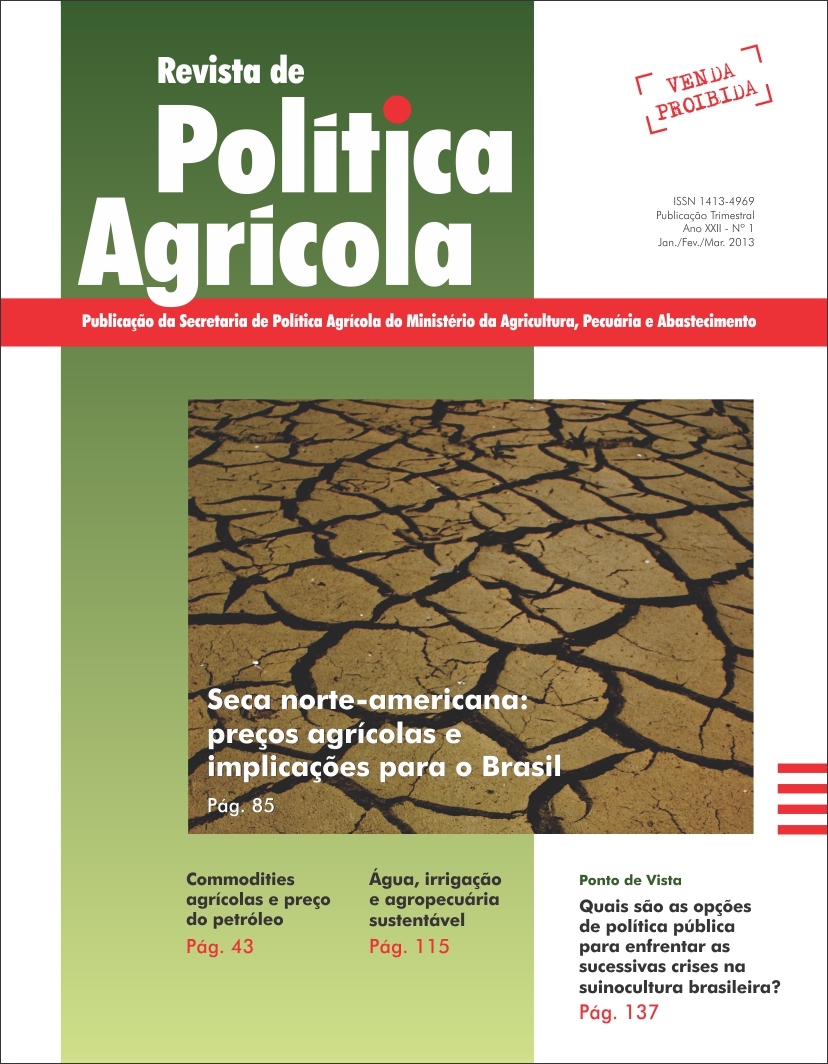Rice production in Mercosur seen through a Policy Analysis Matrix (PAM)
Keywords:
comparative advantages, international trade, mercosur, public policies, taxesAbstract
The objective of this study is to evaluate the profitability and the effects of direct and indirect taxes on rice production in Brazil compared to other member countries of Mercosur. This article uses the Policy Analysis Matrix (PAM) to evaluate the economic efficiency of the production systems of the four Mercosur countries: Brazil, Argentina, Paraguay and Uruguay, measuring prices and private and social costs. The results have shown that in 2010, rice production in Argentina and Uruguay had positive social and private profitability, while in Brazil and Paraguay there were negative private results. Secondly, a simulation of an alternative scenario for Brazil was performed, considering a reduction in the direct and indirect tax burden to a similar percentage between the countries compared. Under the simulation of this new scenario, the production of rice in Brazil did not remain in deficit, but it had very low profitability. Other variables that were not the focus of this study, such as productivity development, technologies and exchange rates, also significantly affect the profitability of rice production in Brazil.Downloads
Published
2013-05-22
How to Cite
Souza, Ângela R. L. de, & Révillion, J. P. P. (2013). Rice production in Mercosur seen through a Policy Analysis Matrix (PAM). Revista De Política Agrícola, 22(1), 55–71. Retrieved from https://rpa.sede.embrapa.br/RPA/article/view/282
Issue
Section
Artigos Científicos


